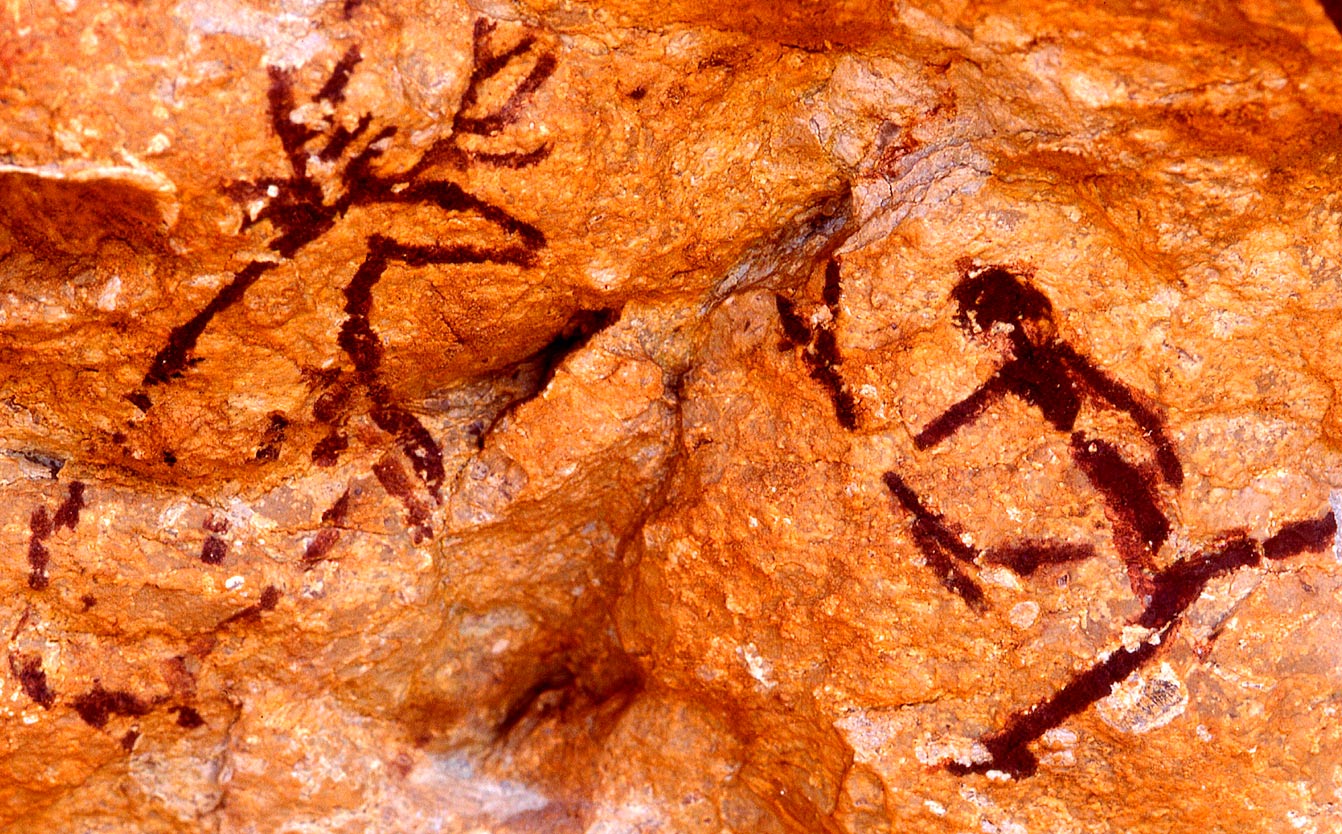The twenty-first century, a Roman emperor and a gladiator walk the streets of Tarragona. A visit to the architectural spaces of ancient Tarraco marks the start of a journey that will take us to the banks of the Ebre, the great river of the peninsula as we follow its course to the delta, one of the most bio-diverse sites in the country. We will pedal along a rail road converted to a green route and follow in the footsteps of Picasso and Gaudí. The legends of Montsant and the excellent wines of Priorat will be the opening acts for the monastic silence of the Cistercian Route and Lleida, the capital of Terra Ferma.
The Geniuses Landscape

Two world-renowned painters, a musician and an architect were born or spent long periods in the Tarragona regions: Joan Miró, Pablo Picasso, Pau Casals and Antoni Gaudí. Joan Miró went to Mont-roig to cure himself of typhoid fever. The family farmhouse (mas in Catalan) he occupied became his summer refuge for 65 years. In Mas Miró you can see part of the vital anecdote of the painter, who went so far as to affirm that all his work was conceived in Mont-roig. The colours of his works were those of the town: the red of the Mare de Déu de la Roca hermitage, the blue of the sky, the yellow of its flowers and the green of the carob trees. Horta de Sant Joan will always be linked to the name of Pablo Picasso, who also came to the town seeking to recover from an illness. In Horta de Sant Joan, he did not only recover but also turned the landscapes of Terra Alta into the protagonists of his cubist works such as in the paintings La bassa d'Horta or the La Fàbrica d'Horta d'Ebre. "Everything I know I have learned in Horta," said the artist from this town who today dedicates the Centre Picasso to his memory.
El Vendrell is another town linked tightly to a different genius, where it is possible to visit the house where Pau Casals was born in 1876; one of the most important cellists of all time. In the nearby maritime district of Sant Salvador, he build La Vil·la Casals, a house that in his own words was the ‘expression of his life as a Catalan and an artist’. Currently, it is a museum dedicated to his work and person. Reus, the capital of Baix Camp, was also the birthplace of the internationally renowned artist Antoni Gaudí, who spent the first sixteen years of his life in the city. Although he never built in the city where he was born, Reus dedicates an interactive interpretation centre to him, the Gaudí Centre. In this one, among other things, one can learn that the hypostyle hall of Park Güell hides a system for collecting rainwater, or that the famous Cross of Gaudí was inspired by the pinecones of the cypress trees. Reus has also twenty-six modernist buildings, that are works of renowned architects like Lluís Domènech i Montaner or Pere Caselles i Tarrats.
The Geniuses Landscape

Two world-renowned painters, a musician and an architect were born or spent long periods in the Tarragona regions: Joan Miró, Pablo Picasso, Pau Casals and Antoni Gaudí. Joan Miró went to Mont-roig to cure himself of typhoid fever. The family farmhouse (mas in Catalan) he occupied became his summer refuge for 65 years. In Mas Miró you can see part of the vital anecdote of the painter, who went so far as to affirm that all his work was conceived in Mont-roig. The colours of his works were those of the town: the red of the Mare de Déu de la Roca hermitage, the blue of the sky, the yellow of its flowers and the green of the carob trees. Horta de Sant Joan will always be linked to the name of Pablo Picasso, who also came to the town seeking to recover from an illness. In Horta de Sant Joan, he did not only recover but also turned the landscapes of Terra Alta into the protagonists of his cubist works such as in the paintings La bassa d'Horta or the La Fàbrica d'Horta d'Ebre. "Everything I know I have learned in Horta," said the artist from this town who today dedicates the Centre Picasso to his memory.
El Vendrell is another town linked tightly to a different genius, where it is possible to visit the house where Pau Casals was born in 1876; one of the most important cellists of all time. In the nearby maritime district of Sant Salvador, he build La Vil·la Casals, a house that in his own words was the ‘expression of his life as a Catalan and an artist’. Currently, it is a museum dedicated to his work and person. Reus, the capital of Baix Camp, was also the birthplace of the internationally renowned artist Antoni Gaudí, who spent the first sixteen years of his life in the city. Although he never built in the city where he was born, Reus dedicates an interactive interpretation centre to him, the Gaudí Centre. In this one, among other things, one can learn that the hypostyle hall of Park Güell hides a system for collecting rainwater, or that the famous Cross of Gaudí was inspired by the pinecones of the cypress trees. Reus has also twenty-six modernist buildings, that are works of renowned architects like Lluís Domènech i Montaner or Pere Caselles i Tarrats.
Two world-renowned painters, a musician and an architect were born or spent long periods in the Tarragona regions: Joan Miró,...




 Download map
Download map


















